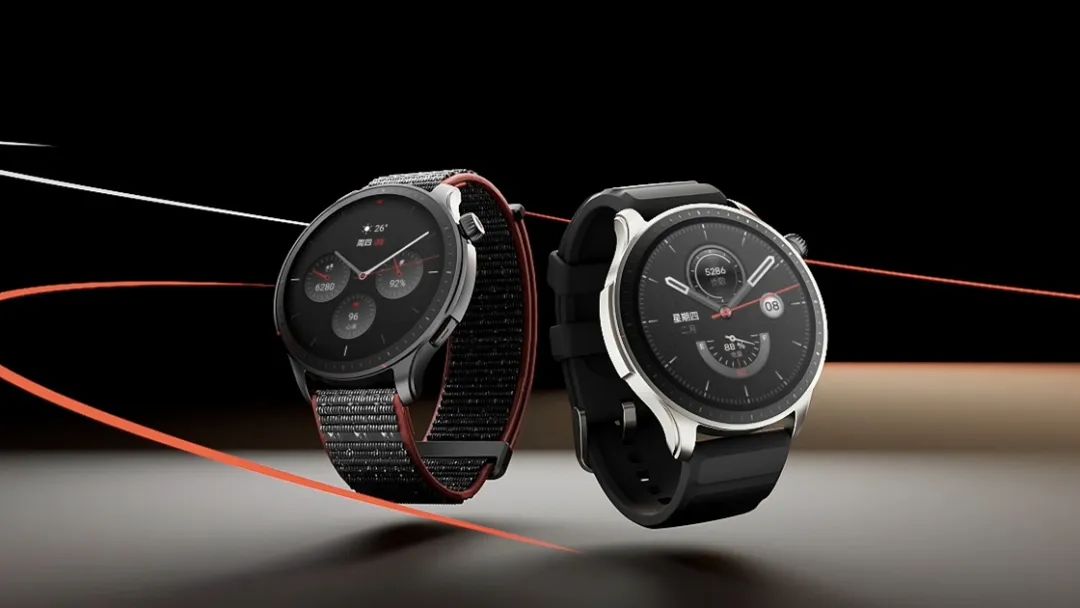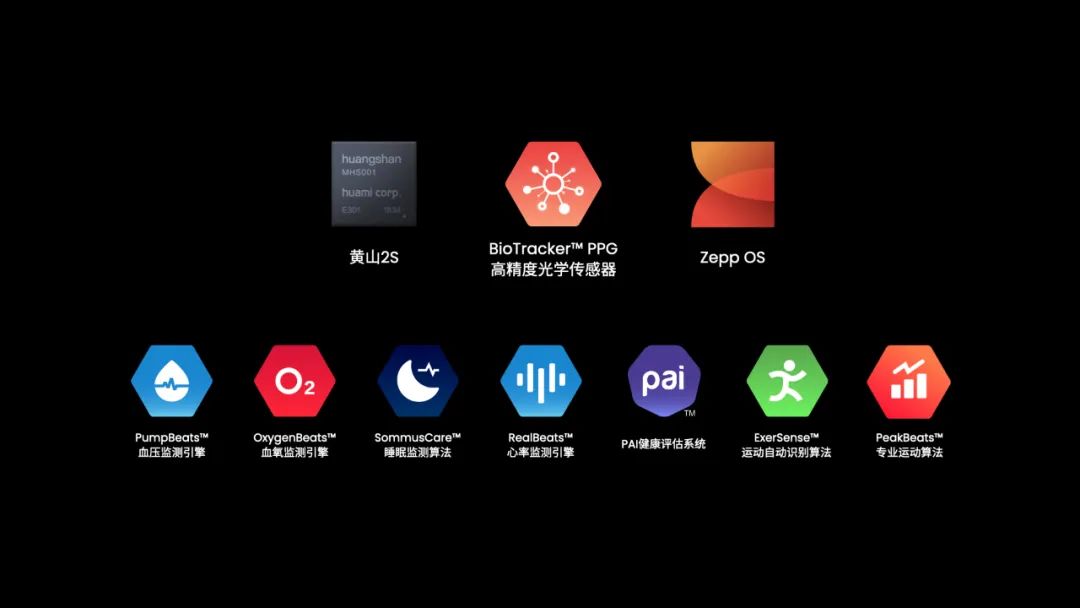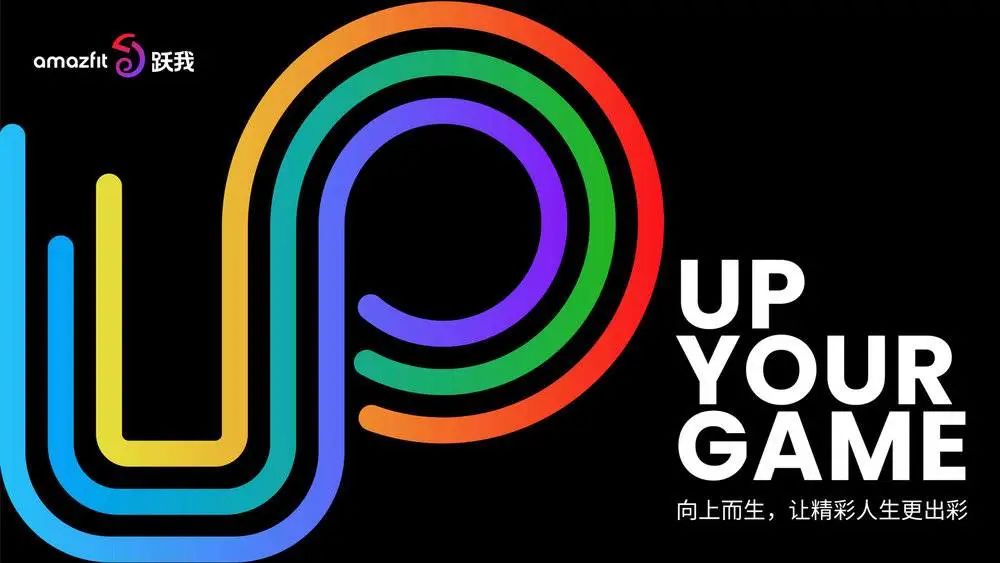
25-year-old Xiao Mao is a new media worker in Wuhan. Like many young workers, he often stays up late and eats takeout—having hot dry noodles for breakfast and stir-fried dishes or barbecued food for lunch and dinner. Under the dual influence of work pressure and a high-fat diet, Xiao Mao’s weight has slightly spiraled out of control, with a BMI of around 28—indicating he is overweight. A BMI exceeding 30 would classify him as severely obese, requiring timely intervention from a doctor.
In fact, apart from occasional dizziness, Xiao Mao felt no discomfort. However, last year, a smart watch detected that he might have masked hypertension. After undergoing a 24-hour dynamic blood pressure monitoring at the hospital, he was diagnosed as a hypertension patient, and the doctor advised dietary control and a “530” exercise regimen (five days a week, with each session lasting over 30 minutes).
How did the smart watch help him discover the vascular risks?
Xiao Mao, who originally paid attention to his health, had purchased two generations of Xiaomi smart bands. Last year, upon a friend’s recommendation, he switched to a smart watch launched by Huami.
He saw that Huami had launched a “Blood Pressure Health Research” in collaboration with renowned hospitals like Peking University First Hospital, and he registered immediately. After a simple software upgrade and calibration, the 28-day blood pressure screening study officially began. The smart watch indicated that his blood pressure was high, which was later confirmed by the hospital; Xiao Mao’s average daytime blood pressure reached 153/90mmHg, with a maximum value of 200/120mmHg, indicating a high risk of cerebral hemorrhage.
In fact, Xiao Mao is a typical patient with “masked hypertension.” They do not exhibit symptoms of hypertension, but hypertension acts like a “ticking time bomb” that will eventually cause substantial health issues. Uncontrolled long-term hypertension can lead to severe complications; approximately 70% of stroke deaths and about 50% of myocardial infarctions are closely related to hypertension. In reality, masked hypertension is more serious than we imagine.
According to data published by the National Health Commission, the prevalence of hypertension among Chinese residents reached 31.89% in 2019, nearly one-third. Earlier data from the 2012-2015 China Hypertension Survey indicated that the detection rate of normal-high blood pressure among residents aged 18 and older was 39.1%, leading to similar conclusions across different statistics.
On the other hand, blood pressure testing is not very convenient; measuring blood pressure in a hospital can be distorted due to factors like rushing, climbing stairs, or anxiety, leading to falsely elevated readings. Overall, the awareness rate of hypertension in China is only 50%, meaning that in reality, 8-15% of the population is in a state of masked hypertension.
The multi-center trial Xiao Mao participated in also yielded similar numbers.
As of September 2022, 35,600 users had participated in Huami’s blood pressure screening trial, with 3,785 users identified as having elevated blood pressure. Subsequently, among some positive subjects who agreed to undergo professional dynamic blood pressure monitoring at the hospital, when judged by an average blood pressure of ≥135/85mmHg, 88.9% were diagnosed with hypertension. If judged solely by a systolic average pressure of ≥135mmHg, the hypertension compliance rate reached 100%.
The unique advantages of smart watches—measuring at any time and place, repeated measurements, long-term monitoring, or timely measurements when symptoms occur—provide a convenient method for screening masked hypertension, giving more people the opportunity to understand their health status.

Today, features such as exercise monitoring, sleep management, and heart health have become part of smart watches. As devices that can maintain “intimate contact” with users most of the time, smart watches have become the “dashboard” for the human body, difficult to replace in a short time.
The Strengthening Path of Smart Watches
Looking back at the development of smart watches and fitness bands over the past two decades, the keyword “health” has always been central.
Initially, fitness bands relied on simple gyroscope data to establish basic models for step counting, exercise, and sleep monitoring. The first batch of brands, such as Jawbone and Fitbit, gained public attention this way. In China, the Xiaomi band became the initial “internet celebrity” product in the wearable field, with Huami Technology being the “behind-the-scenes hero” that initiated deep involvement in this sector.
Later, sensors and algorithms matured to obtain arterial blood flow information and calculate heart rates. Watches and bands began to incorporate PPG sensors, allowing for more accurate energy expenditure calculations during exercise and better assessments of sleep stages and states.
With the increasing richness of sensors, smart wearable devices also began to attempt breakthroughs in more serious health applications, such as assisting in medical diagnosis. In 2015, a 64-year-old American named Ken Robson felt weak and dizzy while traveling, and his Apple Watch indicated that his heart rate was rapidly decreasing. Robson suspected he had a condition called “sick sinus syndrome,” which could lead to severe arrhythmias and bradycardia, potentially worsening and becoming fatal.
Diagnosing this condition typically requires the patient to wear a heart monitor for a week. However, Robson went to the hospital the next day, and the doctor reviewed the heart rate data from his smart watch, finding that the smart watch’s heart rate detection was consistent with the hospital’s professional equipment, thus skipping the traditional testing process and quickly confirming the diagnosis, allowing for the installation of a life-saving pacemaker.
In fact, more sensors and comprehensive monitoring are becoming the core attraction of smart watches. Deloitte published a report suggesting that emerging hardware, software, and applications would transform smart watches into personalized health clinics. Increasing numbers of people are beginning to use smart watches to monitor their health status, rather than being limited to traditional exercise functions like measuring running speed. Driven by strong health functions, the smart watch sector is expected to achieve an 11% annual growth rate.

According to Deloitte’s report, heart health has become a key concern for over one-third of smart watch users. This is largely due to the continuous breakthroughs made by manufacturers such as Apple, Huami, and Huawei in the technology of portable cardiovascular monitoring over the past few years.
A typical example is that after the maturity of heart rate monitoring, the next technological “peak” for heart health is ECG detection. As early as 2017, Huami launched the “Amazfit 1S Health Band,” which first introduced ECG sensors into wearable devices, enabling the acquisition of heart rate variability (HRV) and cardiovascular health index. A year later, the Apple Watch also added ECG functionality, sparking a global wave of heart monitoring via watches.
Monitoring heart health can indeed save lives. Huami Technology’s CEO Huang Wang has received thank-you letters from users; one user whose watch warned of abnormal heart rates was ultimately confirmed to have arrhythmia and received intervention treatment from the hospital. In 2020, Huami Technology’s heart health engine detected 91,100 instances of atrial fibrillation, alerting users.
After ECG, the next milestone in the field of cardiovascular health for wearable devices is the detection and monitoring of hypertension.
One conceivable approach is to integrate traditional blood pressure monitors into watches. At the end of last year, Huawei’s Watch D became the first smart watch to incorporate blood pressure detection, achieving registration as a Class II medical device. In principle, it measures vascular pressure changes through a customized inflatable strap, consistent with traditional arm or wrist blood pressure monitors, thus achieving similar accuracy, with an error margin within 3 mmHg. However, it cannot realize non-invasive detection (the wrist will feel pressure) and cannot achieve continuous 24-hour monitoring, only collecting single-point data repeatedly.
Another approach, as chosen by Samsung and Huami, is to measure blood pressure using software algorithms. The initial “Blood Pressure Health Research” that Xiao Mao joined, conducted in collaboration with Peking University First Hospital and other well-known hospitals, achieved the capability of 24-hour continuous non-invasive blood pressure monitoring through high-precision optical sensors for data collection, fusion, and AI model establishment.
According to clinical experiments conducted by Huami and Peking University First Hospital, the average absolute deviation of the self-developed PumpBeats blood pressure monitoring engine is less than 5.14 mmHg for systolic pressure and less than 4.88 mmHg for diastolic pressure. This feature was first launched on the GTR 3 Pro released in September last year, and in the latest GTR 4 and GTS 4 series released this year, this key feature was included across the board, aiming to serve more health-conscious consumers.
Serious Companies Choose “I Do It All”
Health monitoring on the wrist is not easy; it relies on a series of software and hardware innovations—such as the well-known importance of blood pressure monitoring, but achieving it is fraught with challenges. For example, Huami’s PumpBeats blood pressure monitoring engine measures blood volume changes in the wrist’s microvessels through PPG (photoplethysmography) and then compares calibrated signal features to calculate real-time blood pressure metrics.
It sounds like a straightforward approach, but it’s challenging to implement. Huami Technology’s founder and CEO Huang Wang once stated: “(Blood pressure monitoring) direction has become clear to everyone, but previous actions were slow due to insufficient maturity of hardware and software, particularly the progress of AI algorithms, which remains a high barrier.”
Among the key factors affecting accuracy, high-precision optical sensors are crucial for improving measurement accuracy, and massive data accumulation with AI models enhances algorithm accuracy. Additionally, this function must be implemented in a small device like a watch with minimal energy consumption—smart watches need to perform all-day health monitoring and run AI models 24 hours a day, requiring a powerful custom chip as the best solution.

Sensors, algorithms, and chips form the foundational pillars that wearable tech companies must solidify. When a company moves far enough ahead, all work must be completed through in-house research and development.
In 2003, Turing Award winner and former Apple and HP fellow Alan Kay said, “Those who are extremely serious about software should produce their own hardware.” Huang Wang echoed this sentiment in 2020, stating, “Those who create AI algorithms must make their own chips. Those who take data seriously must create their own sensors.”
Huami Technology’s ability to compete alongside Apple and Huawei in the wearable field relies on its long-term foundational self-research.
We know that in recent years, major phone manufacturers and internet giants have invested heavily in the development and mass production of NPU, ASIC, and other acceleration chips to achieve better energy efficiency ratios in specific businesses and algorithms such as image processing and data centers. For Huami, they have always focused on the smart wearables sector, early defining the problems that needed to be solved in this area. In 2018, they launched their first self-developed AI chip, enabling smart watches to run complex AI models—such as the Huangshan No. 1 chip integrated AI biological data engine, which improved the efficiency of atrial fibrillation judgments by 200% compared to pure software algorithms.
Running on self-developed chips are self-developed algorithms, including RealBeats 2 for heart rate measurement, OxygenBeats for blood oxygen measurement, and SomunusCare for sleep monitoring, all aiming to achieve monitoring standards close to medical-grade devices through more comprehensive data.
Key sensors provide the data for executing and optimizing algorithms.
As early as 2015, when Apple released the later “nail household” iPhone 6s, Huami launched its first PPG biological tracking optical sensor, BioTracker™, enabling 24-hour heart rate data collection. The upgrade of sensors has never ceased; today’s GTR 4 series is equipped with the fourth-generation BioTracker, providing heart rate monitoring at a chest strap level, blood pressure health research, all-day blood oxygen monitoring, sleep monitoring, and PAI health assessment systems, all to comprehensively safeguard health.
The Health Track Has No End
If we were to find the simplest reason for Huami’s growth, it would be that everyone must pay attention to their health, and smart watches are simply the most accessible tools. Therefore, focusing on health has become the path that wearable device manufacturers must take—when looking back at the innovation wave of the 2010s, many wearable device brands emerged with distinct ideas and designs, but the players that remained in the field are those most concerned with health and grounded.
Health-focused Huami has actually chosen a long-term path. From a policy perspective, in recent years, the concept of a “strong health nation” has been mentioned and reinforced multiple times, and we can even see the shadows of policy-driven initiatives in the implementation rates of physical education classes for teenagers and plans to reduce myopia rates.
From a technological development path perspective, smart wearable devices have become one of the most prominent stars in the health sector, with increasing numbers of smart wearable devices gaining recognition from the medical community and regulatory bodies, creating many previously unimaginable health monitoring scenarios, such as everyone having the opportunity to obtain real-time heart rate and blood pressure information, receiving professional intelligent fitness guidance.

Health is a long-term and serious topic that requires enterprises to invest long-term efforts.
“In medical health, more patience may be needed to see more results, as this is closely related to everyone’s life,” Huang Wang once described Huami Technology’s mindset. “As a listed company, R&D investment brings considerable pressure to business operations, but if I have to choose between solidifying technology and current profitability, I would definitely choose the former.”
Reflecting in financial reports, in the second quarter of 2022, Huami Technology invested 129 million yuan in R&D expenses, accounting for 11.6% of revenue, and in 2021, Huami invested 515 million yuan.
Long-term investment has also provided Huami Technology with impressive returns. After more than a decade of development, Huami has become a global leader in wearable devices, with cumulative shipments of health management devices exceeding 200 million units, maintaining a market share in the global top 5.
In the smart watch sector, according to statistics from the International Data Corporation (IDC), a leading global IT research and consulting company, last year, Huami’s self-branded products Amazfit and Zepp saw cumulative shipments of over 6.81 million adult smart watches, a year-on-year increase of 53.8%, far exceeding the global adult watch market’s overall performance (31.6% growth). In markets like Brazil, Spain, and Russia, Huami has become one of the top three leading manufacturers.
We have ample reason to believe that the health business has enormous potential, and the foundation of competition in the health market lies in the precision of wearable device sensors, chip computing power and energy consumption, and the accuracy of algorithm models, which will become a long-term competitive barrier for enterprises. Huami Technology, which insists on using “technology to connect health,” can become the most noteworthy star in the global personal health device market.
Special Planning
Click “Read Original” to unlock 🔓 “Huami Smart Watch”